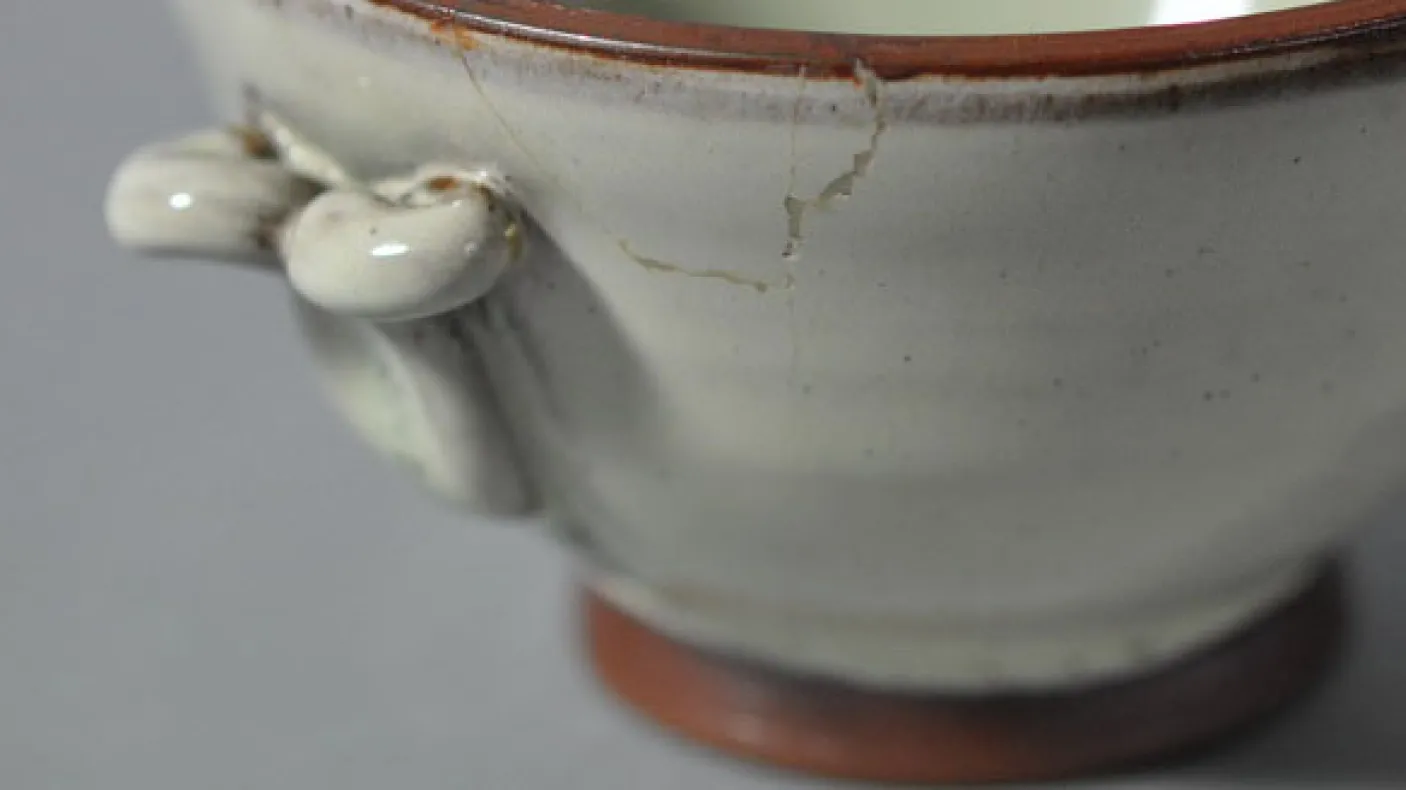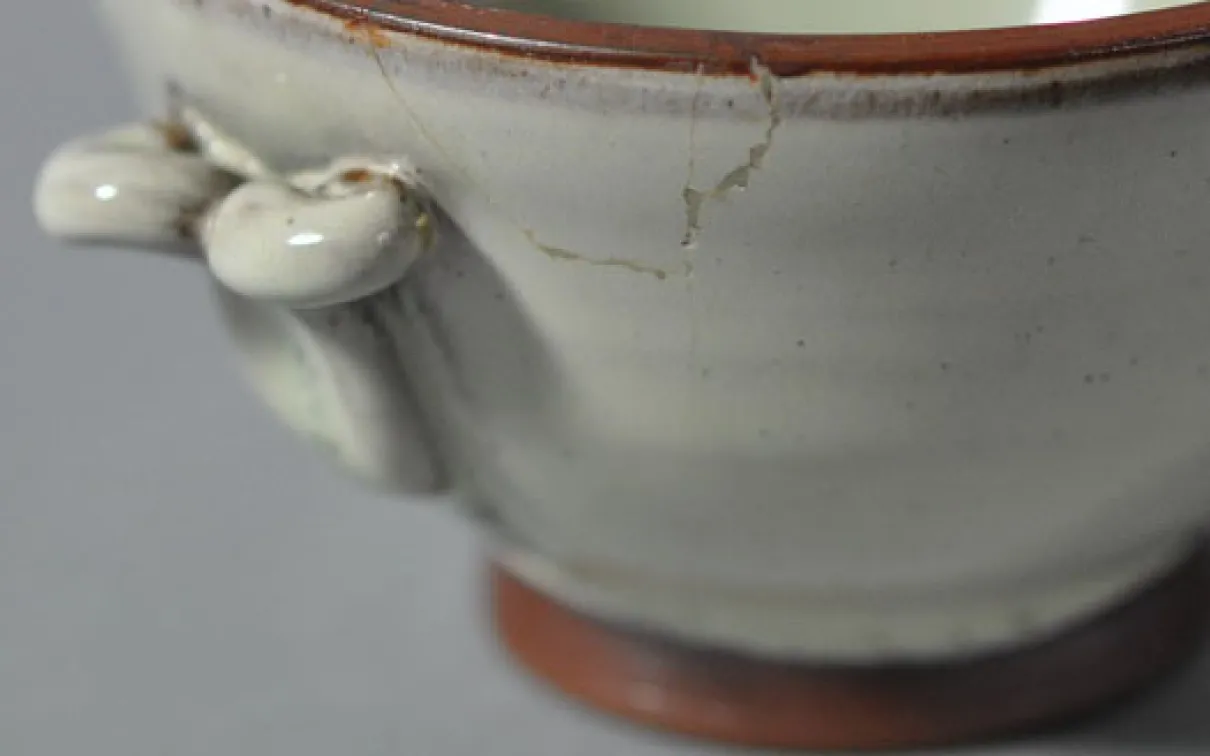CANADA 150 - New Brunswick - Deichmann Pottery
Published
Categories
Author
Blog Post
It can be pretty common in rural parts of Canada to find a pottery studio. Lots of Ontario cottagers have favorite potters that they visit in their cottage community. Many of the Gulf Islands in BC have at least one resident potter. Quebec has a hugely successful pottery show that draws in artists from across the province, 1001 Pots, which highlights the rural potter’s lifestyle. It is so common that it’s hard to believe that there were, at one time, pioneers of that way of life.
One of the first pioneering pairs in Canada were Kjeld and Erica Deichmann. In 1934, Kjeld and Erica Deichmann moved to New Brunswick and started a pottery studio. Originally from Denmark, the Deichmanns had first tried living in Canada on the Prairies, hoping to run a small farm. When that did not work out, they returned to Denmark and explored possibilities of careers in the arts. Eventually, they decided to learn ceramics.
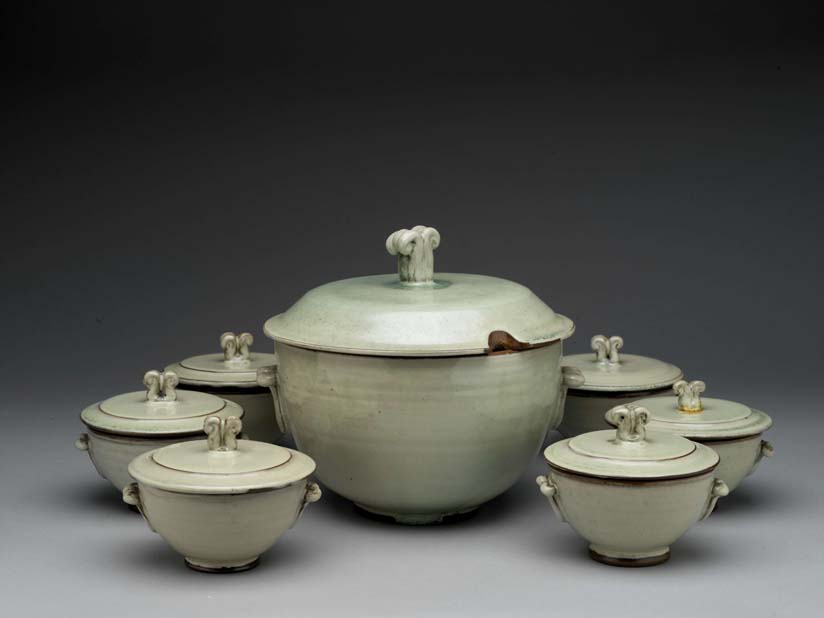
The studio they established in New Brunswick was quite successful, and became a noted tourist attraction. More than that, it was a community hub. The Deichmanns learned to work with clay in a community of artists in Europe, and worked hard to contribute to the burgeoning artistic community in Canada when they returned to their adopted home. Their community efforts ranged from the small, creating a lending library for neighbours, to the larger scale contributions to the Massey Commission that they made later in their careers. It is thought that because of them, the Massey Commission’s definition of craft includes a stipulation that they are created from locally sourced materials.
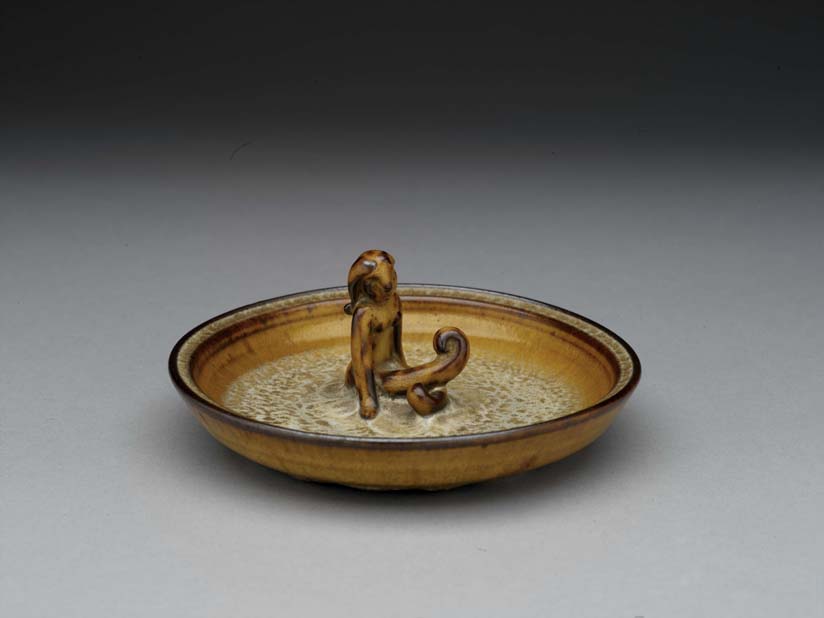
The Deichmanns were studious and careful potters. Kjeld created the forms and managed the firings, while Erica did glazing and surface design. They attempted to use local New Brunswick materials in their clay bodies and glazes as much as possible; eventually they determined the clay to be unsuitable, and used Nova Scotia clay as their primary body, with local additions on occasion. They had more success with locally sourced glazes: Erica apparently created over 5000 different original recipes for glazes.
The Royal Ontario Museum has a small collection of pottery by the Deichmanns. These are some of examples here. I’m struck when I look at even these few examples by the nuance of the glazes. I like the complete set of soup bowls and a tureen, featuring a signature greenish glaze colour. Something about the combination of the red clay body, the light green glaze and the gently whimsical handles reminds me of various parts of the Maritimes. But my favourite is probably the ashtray, with what looks to be a mermaid rising out of a watery dish.
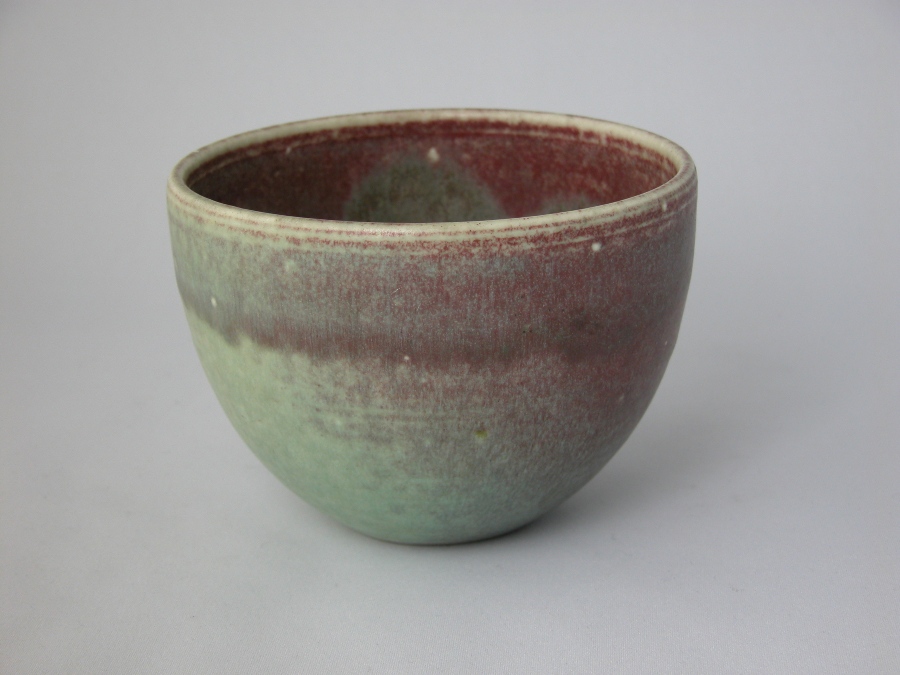
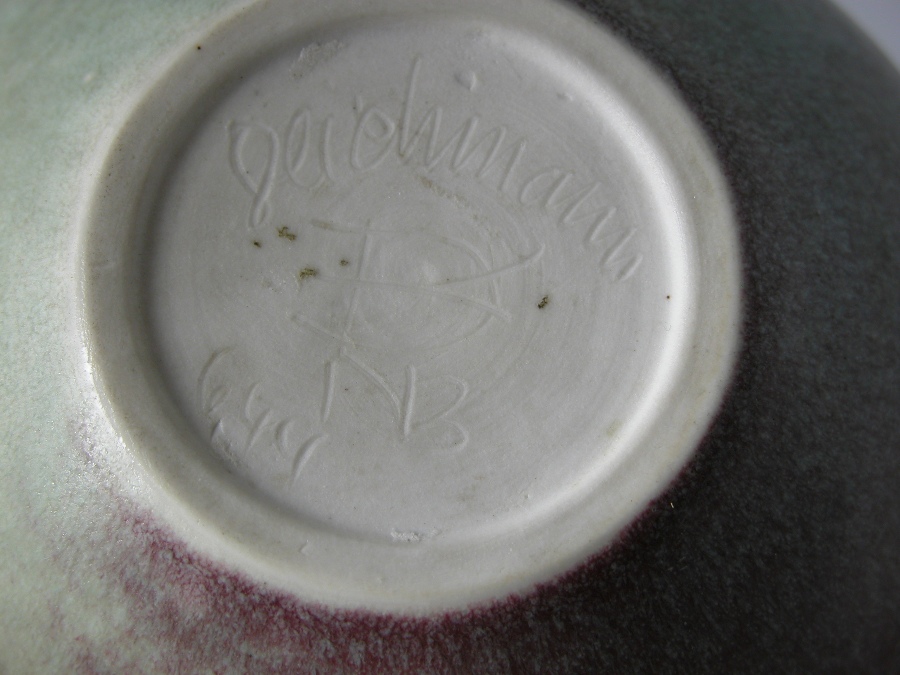
If you are interested in more information about the Deichmanns, check out this page from the Canadian Museum of History. To see them at work, I highly recommend this short film by the National Film Board called “Peter and the Potter.” It was one of several films made featuring the Deichmanns in their long and prosperous career. It’s a film that is definitely of its time, in many ways, and has resulting charms and humour. However, it is important to also view with a critical lens. The film is loosely structured like a fairy tale or a fable, and situates the Deichmanns as craftspeople who are otherworldly and magical. It certainly reflects their popularity in their day – they were featured in tourist booklets for New Brunswick and drew many visitors at the height of their fame. The film also reinforces problematic visions of the otherworldly creative worker who is not rooted in reality, which artists – including the Deichmanns – often struggle with in their careers.
